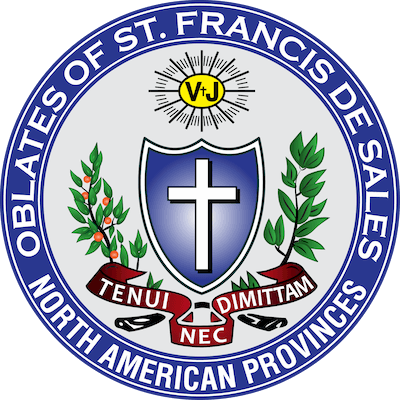About forty years after Jesus’ death and resurrection, a cataclysmic event occurred. The Roman Empire’s leaders became fed up with the Jews:
- their whining opposition to roman taxation,
- their constant complaining about roman rule and talk about a messiah,
- their pitiful rebellion that took the lives of some roman soldiers.
This event was more traumatic to Jews than the destruction of the World Trade Center is to us. This event was more devastating to Jews than nuking and evaporating Vatican City would be to Catholics. The Vatican is where the pope dwells; the temple’s holy of holies was where Jews believed God dwelled.
Some early Christians believed that this destruction heralded the end of the world; the second coming would soon follow. Luke wrote his gospel about twenty years after the devastation and assures his readers: not so. We find in scripture the temple destruction and the end of the world confusingly mixed together.
We recall the approach of the year 2000. Fundamentalist preachers and self-proclaimed prophets pointed to then current catastrophes as proof that we were in the last days. And nothing happened!
At another time, Jesus said that even he did not know the time that only the father knows the day and the hour. How in the world anyone presumes to know more than Jesus always baffles me.
After the destruction of the temple, the Jews called for a council at Jamnia. They wanted to clearly define their identity, to answer the question: “What makes an authentic Jew?” They decided that the followers of Jesus were not real Jews – and expelled the “Jesus-sect” from Judaism. We were “excommunicated” by the Jews.
Now, as we know, during the Roman Empire, Jews were the only nation permitted to worship their own God; every other nation had to worship the emperor of Rome. So, not only did the Jews, including Paul, denounce and begin to persecute the Christians in Israel, the Romans also began their persecution of these non-Jews. That drove the Christians into the catacombs. This ended only in the fourth century with the emperor Constantine.
We can learn several lessons from today’s liturgy.
From the Jews we learn that we must never think that we Catholics have it eternally all together. Our God is not limited by our opinion or by our viewpoint in our age.
From our insecurity we learn that we need to remember that God loves us, but we have no assurances of an always serene and secure life. The twelve step programs insist on living one day at a time to avoid the anxiety that the unknown future otherwise stirs up. We need to learn from their experience and our spiritual masters to live in the present moment that God has given us. As the saying goes: “The past is history, the future is mystery, the now is gift and that is why we call it the present.” Concern about “the end” is a distraction that diverts our attention from what is important – the present.
I think the insight of St. Francis de Sales is helpful here: ’”Do not look forward to what might happen tomorrow; the same everlasting father who cares for you today will take care of you tomorrow when tomorrow becomes today.’’



